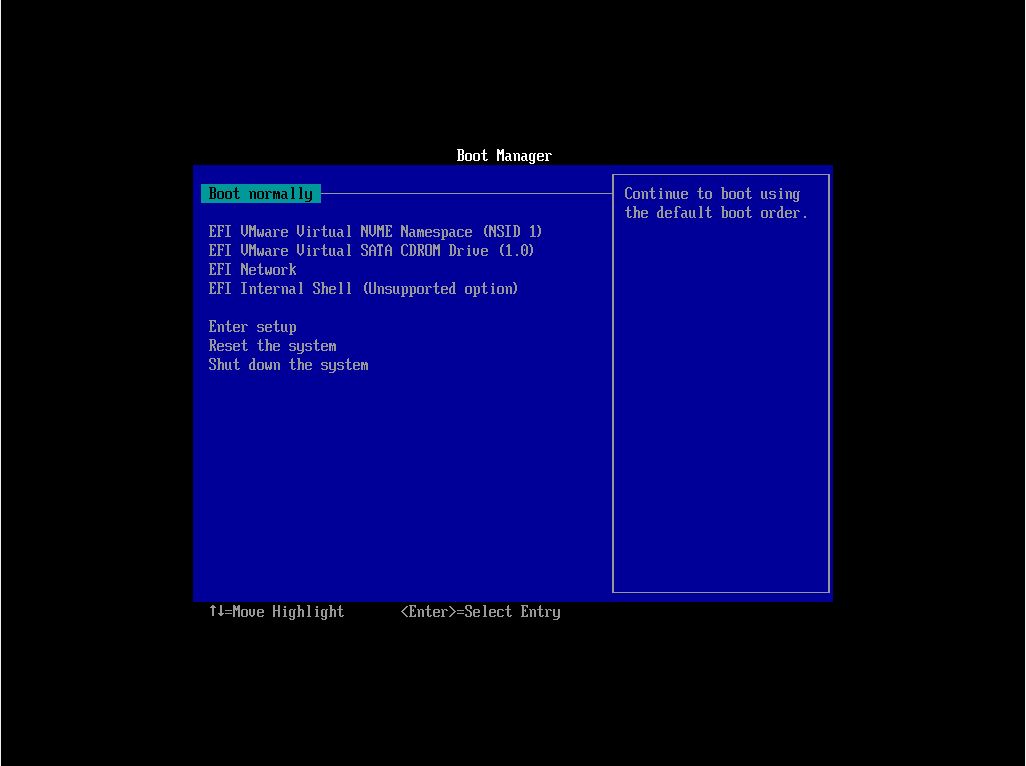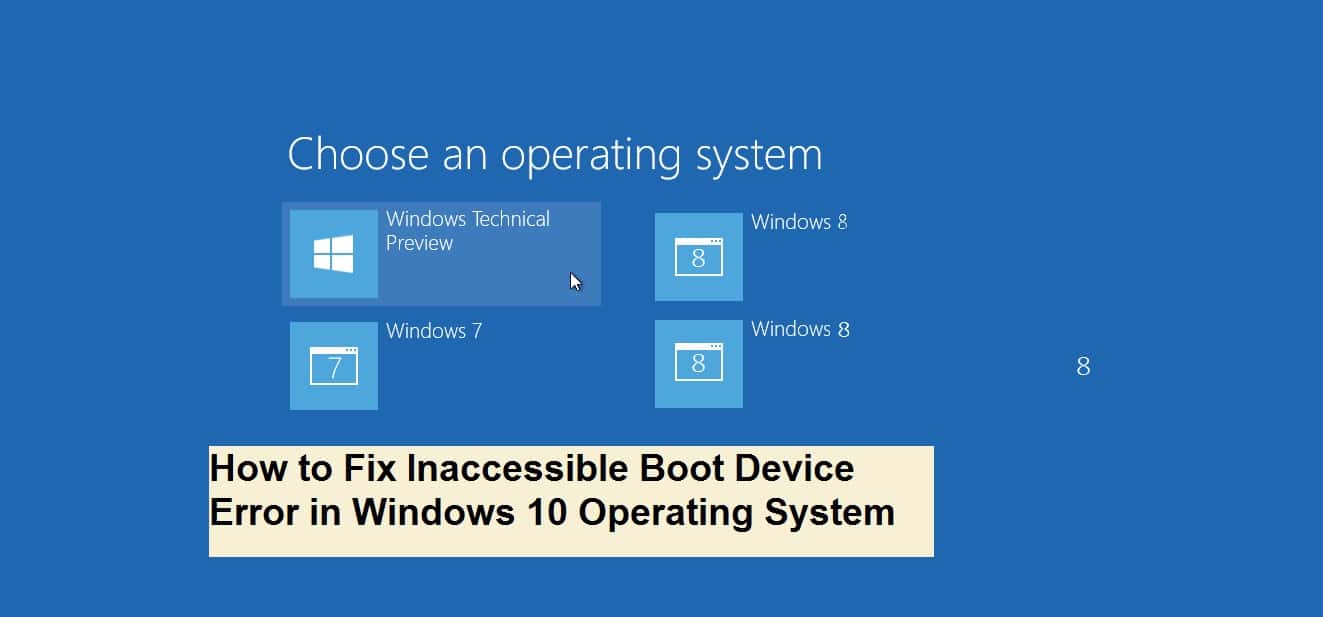


:max_bytes(150000):strip_icc()/004_windows-boot-manager-bootmgr-2625813-5bf31f3046e0fb00514014aa.jpg)
Otherwise the machine boots up just fine and functions if my SSD containing EFI partition and Windows 10 are on SATA Port 2. To do this, use BCDEdit with the /copy option.This is purely to fix my OCD that wants the bootable drive to be on port 0 and better understand how UEFI work on Windows. The easiest way to create a new boot entry is to copy an existing entry and then modify it as you need. Note Before setting BCDEdit options you might need to disable or suspend BitLocker and Secure Boot on the computer. To add a new boot entry, open a Command Prompt window with elevated privileges (select and hold (or right-click) Command Prompt and select Run as administrator from the shortcut menu). In Windows, you use BCDEdit to modify your boot options. This topic applies to Windows Vista and later, Windows Server 2008 and later, and the Windows Recovery Environment. To add a boot entry, copy an existing boot entry, and then modify the copy. However, it is prudent to keep the standard entry and, instead, add a separate entry that you customize. You can add, delete, and change the options in the boot entry that Windows Installer created. The Windows Installer creates a standard boot entry when you install an operating system, and you can create additional, customized boot entries for an operating system by editing the boot options. You can have multiple boot entries for an operating system, each with a different set of boot parameters. A boot entry is a set of options that define a load configuration for an operating system or bootable program. One method to customize boot options in Windows is to add a new boot entry for an operating system.


 0 kommentar(er)
0 kommentar(er)
